Over the years there have been many projects that use mobile phones to associate physical objects with their information shadows (YellowArrow, QR Code, ScanLife, etc.). There have also been many projects that use phones in social setting as a way for people to find out about the people around them (Nokia Sensor, Dodgeball, etc.), usually with the promise of dating. None have been particularly successful, in either category (though I gather that QR Coded stuff is pretty common in Japan).
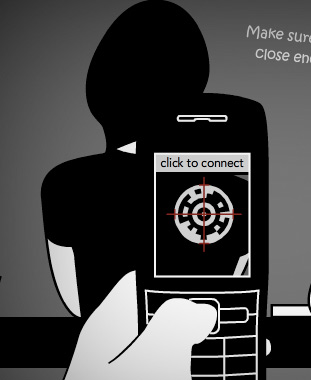
Now comes a company that's trying to combine the two unsuccessful ideas to make one successful one. Wickd is betting that there will be enough people who want to snap shotcode barcodes on t-shirts to find out about someone, and that there will be enough people who wants to wear those (kinda expensive, kinda plain) t-shirts to create a critical mass of urban singles willing to pay for the privilege to make their business model work. I'm pretty dubious of the underlying interaction model (it's more related to first person shooters--where you run up to a target, fire your weapon while they're not looking, and run away--than dating, where you get close, interact face-to-face and ideally stay close), but for me it's another example that people are the most popular object to unify with its information shadow. Having information about the people with you at brunch or at a conference (which is where an adult version of Disney Clickables could be very valuable), and having your intersection in physical space mapped to social networking space opens up huge possibilities for maintaining your social network.
All of these projects point to the inevitability of that unification, it's just that no one has found the right vehicle to move the penetration of the technology to the appropriate place on the Metcalfe's Law curve.
Oh, and two final words of advice to the Wickd people: Hanky Code. Think about it. ;-)
[UPDATE: Several people suggested I should be more clear about why I think that this is a questionable idea. OK, here it is: I think that no woman in her right mind wants to wear a shirt that gives random people behind her back personal information. It's not the quality of the information or the content, it's the coupling of that with anonymity and immediate physical presence.]
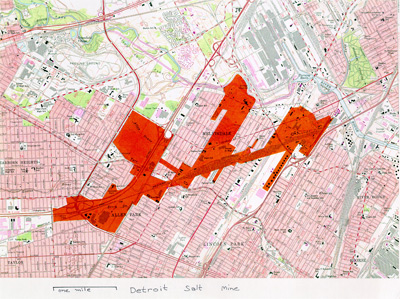
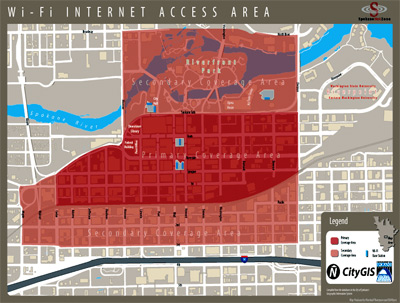
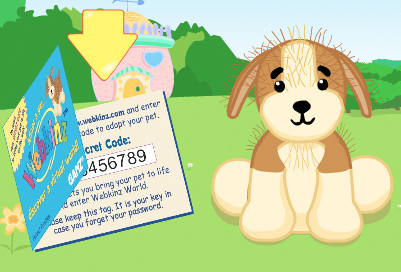
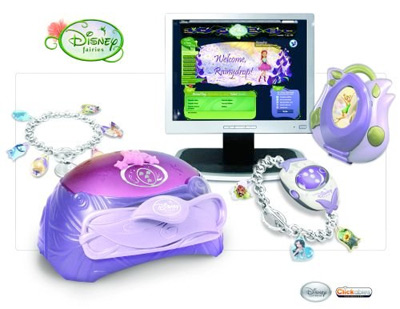





Recent Comments